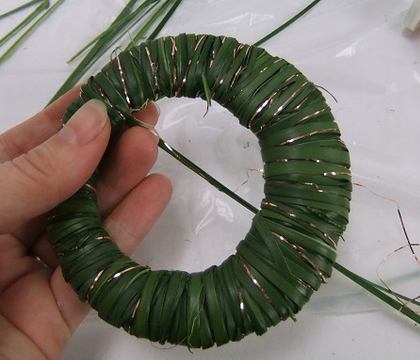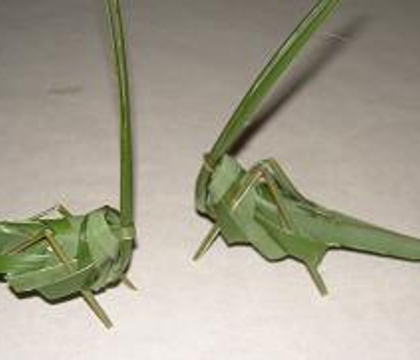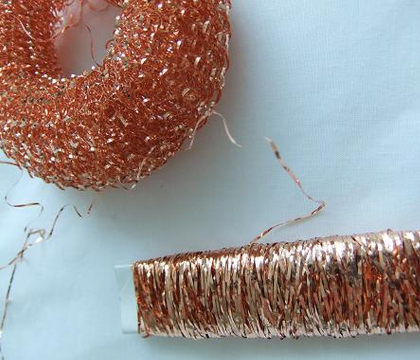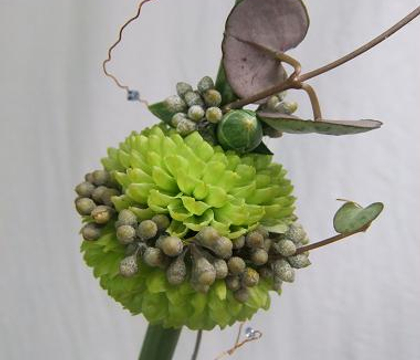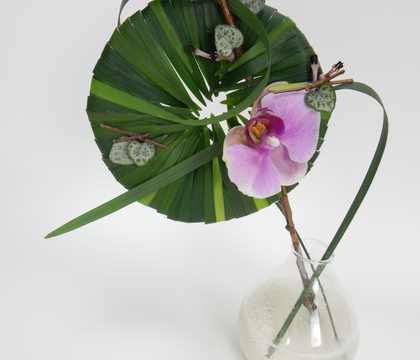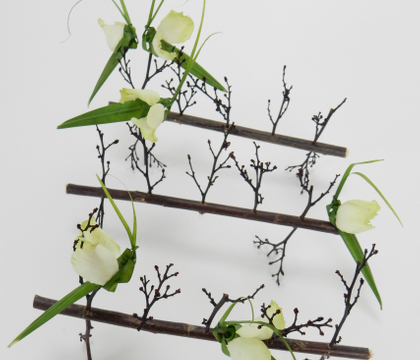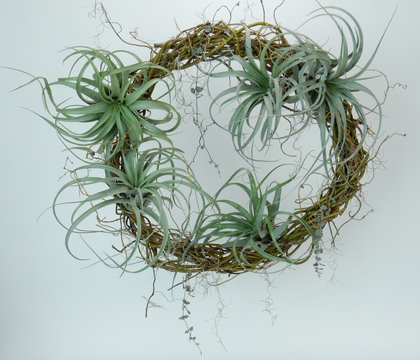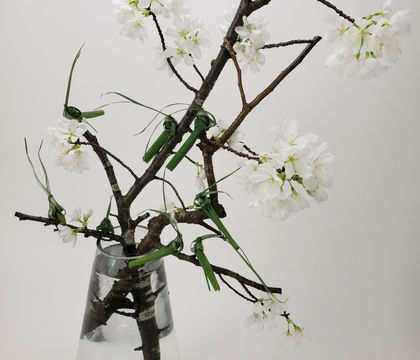Christine de Beer - effortless floral craftsman
You are not done
- 26 March 2014
- click to send Christine a smile
My article in the Prom and Graduation Design Issue of
Canadian Florist Magazine
Read more about Boutstix Floral Magnets on their website
The really fascinating thing about success is that we all define it differently. Maybe you measure it in revenue (money,) while the designer next to you might measure his success in number of arrangements done in a day, while another designer might feel successful only when she designs something truly unique every week. Others will measure it in return customers, or number of "thank yous" from customers. Others still will measure success in respect from their peers, or competition wins. There is however another, slightly oblique, yet important measure of success, and that is understanding the mechanics of your success so that you can drive continuous improvement.
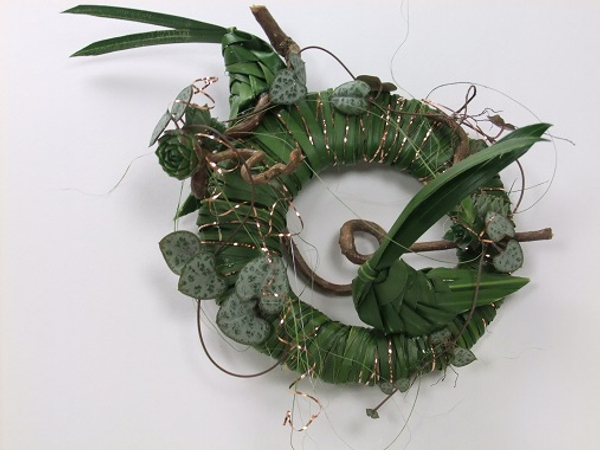
Continuous improvement could be the ultimate form of success, because it is the building block from which you build success.
No matter how successful or unsuccessful you are now, and regardless of how you measure success, employ continuous improvement and you will reach progressively greater levels of success. A simple yet powerful concept, but unfortunately adult life, especially modern adult life, hides this from us and we have to work at re-learning things we did naturally as children.
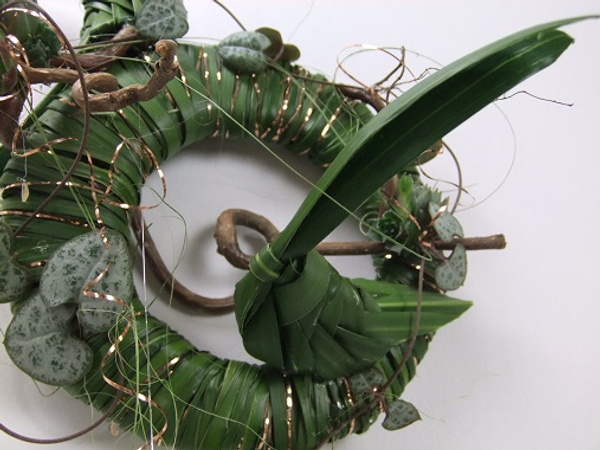
The first step to harnessing continuous improvement is realizing that you cannot "do" and "improve" (or learn) at the same time.
It is mentally impossible. Improvement comes from doing, then pausing to reflect on what you have just done, inspecting it for opportunities to improve, and then doing in a slightly different way. It is a cycle. We get stuck when we stop taking the time to stop and reflect. Not reflecting and not improving, is often the driver of temporary success.
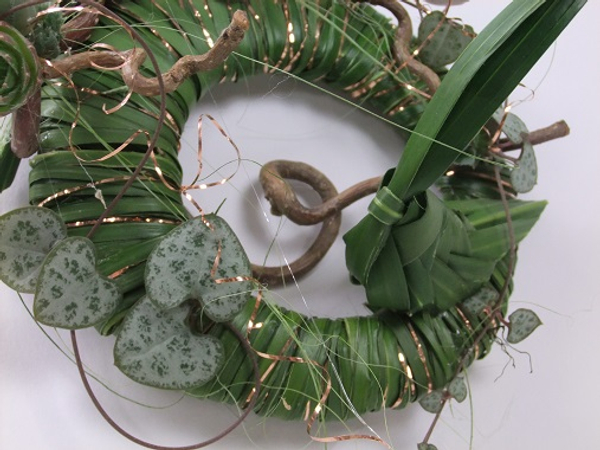
Imagine you start a flower shop. Initially business is hard, but you work at making a name for yourself. You try new design styles, new pricing models, different markets.
Soon you start to do more business. Eventually your days are only filled with doing business. Your techniques stay the same, your designs are similar, your business models remains the same, because "you don't have time to attend that course, or practice that technique." One day you start to notice your customers are going elsewhere. What used to be your differentiator is now ordinary.
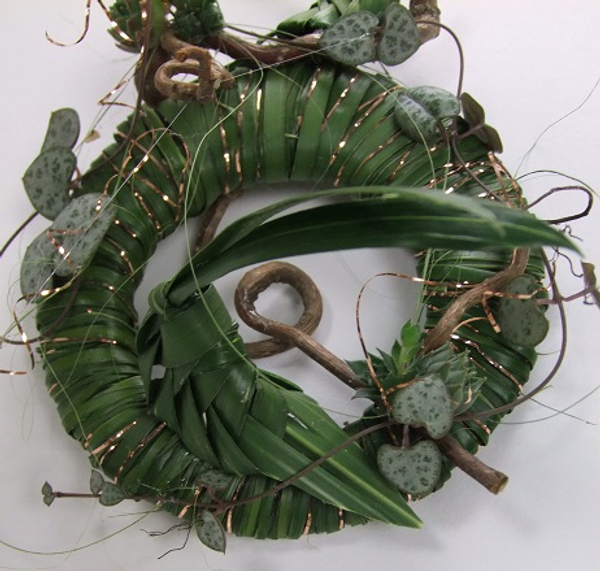
It is usually extremely difficult to recover from this position because in "successful" times your overheads tend to increase, which means it is harder to navigate a down-turn.
Now, imagine an alternative approach. Every day, week or month, you take some time to reflect on your "doing."
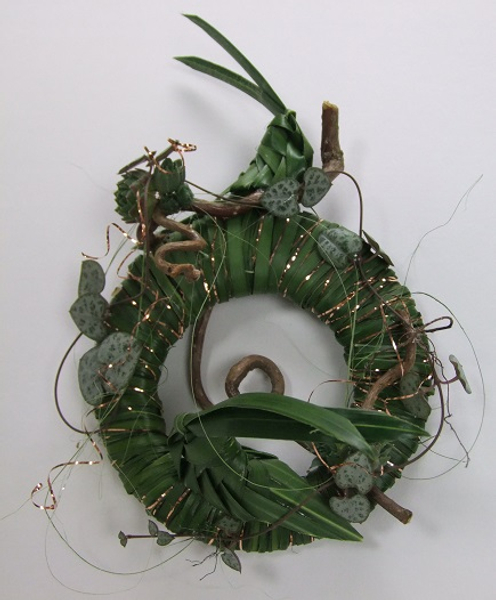
Ask yourself: What worked, and how can you do more of that? What did not work, and how can you do less of that? What did not change, how can you improve on that? Don’t try everything, choose one thing, do it, and reflect on it.
Maybe you choose to abandon your slowest selling design and replace it with a more contemporary style. The risk is minimal and the payoff could be enormous. You may choose to call that one customer that complained, and have a longer conversation to understand why they were unhappy, and what could have resulted in a different outcome. You may choose to reorganise your work-table to see if you spend less time looking for your scissors, or move your ribbons so that you can more easily identify the best colour for an arrangement.
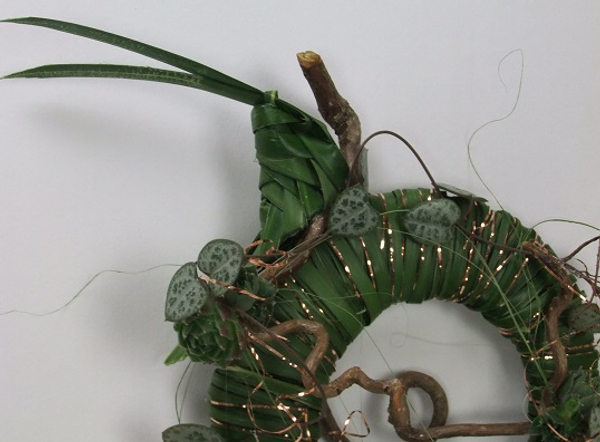
Everyone needs to find what works for them...
... but if you want a guideline: healthy businesses spend 2% of their time reflecting on what they have done or produced to look for improvement opportunities. Every week that would be an hour, or 4 hours every month. They then spend anything between 5% and 20% making changes. As an example, in a week you may spend an hour reflecting on the effect of your shop layout. A small change could take you a little as two hours (5%,) a big change may take a day (20%.) Experiment with what works for you, but that is a healthy and safe range.
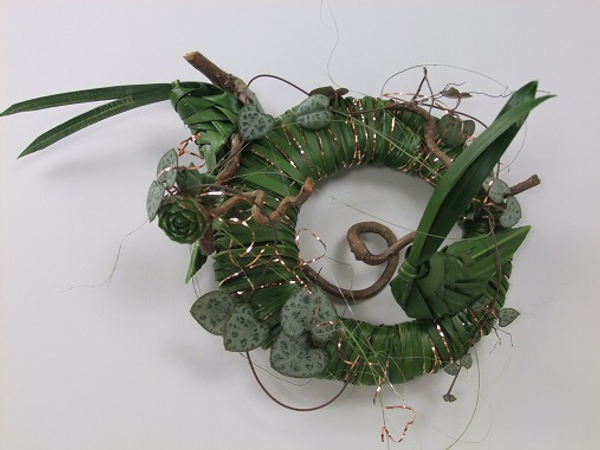
The best part of continuous improvement, is that it is not an "all or nothing."
No matter how little you improve, it is still an improvement. A tiny improvement every week adds up to 52 improvements in a year. You can accomplish the seemingly impossible with 52 small improvements.
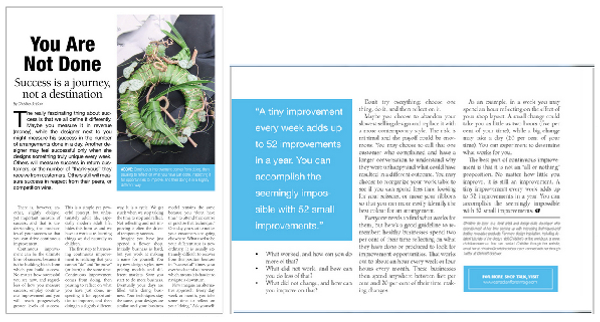
Thank you Canadian Florist Magazine for inviting me to be part of your beautiful Prom and Graduation Issue
Sign up for my weekly newsletter
Every week I add a new design with related tutorials. Be sure to subscribe to receive an email notification with design inspiration.
Tutorials
Wrap a foliage circle to9 create a base for a magnetized corsage
Weave grasshoppers or butterflies (or fireflies) from palm leaves
Up-cycle a pot scrubber to get a huge roll of very pretty copper wire
Favourite Flowers
Rosary vine, Chain of Hearts, Collar of hearts and String of hearts
Related Designs
Sticks and twigs create a resting spot for palm and rose butterflies
Beautiful blossoms don’t NEED much to make it into a lovely design. But the start of Spring might just inspire you to add a bit much… just because it makes you happy.
